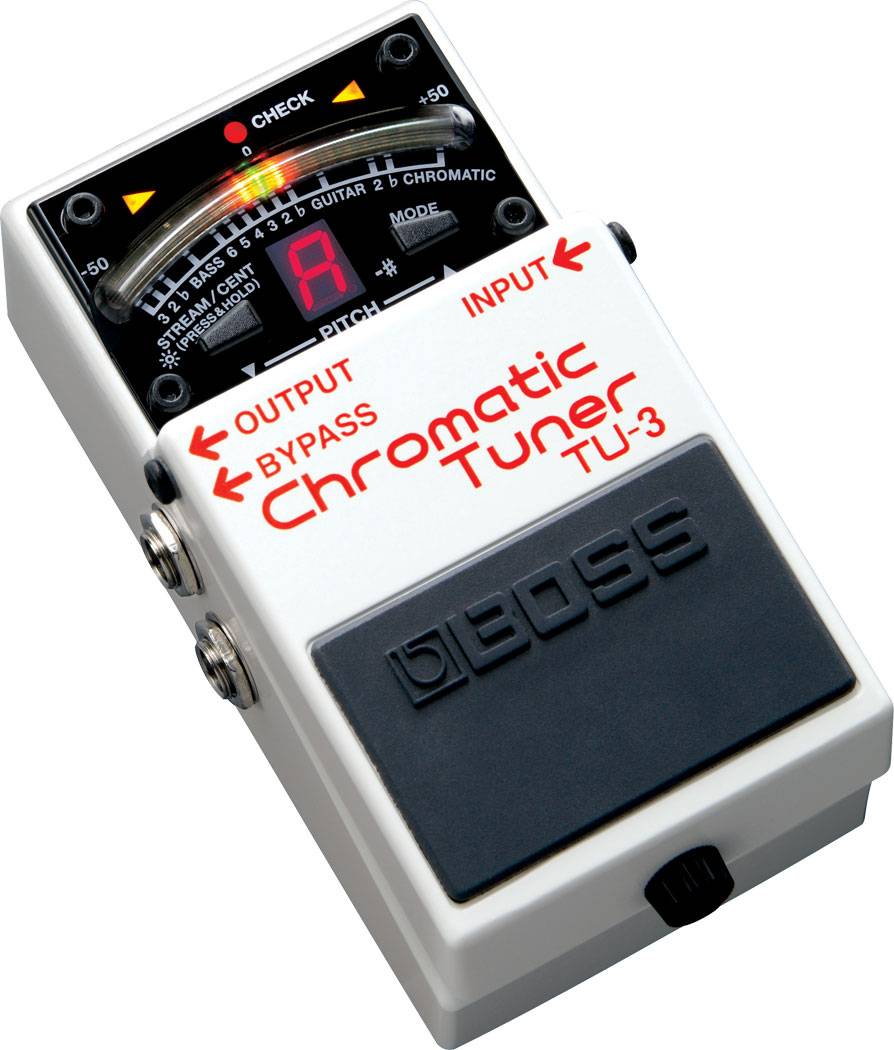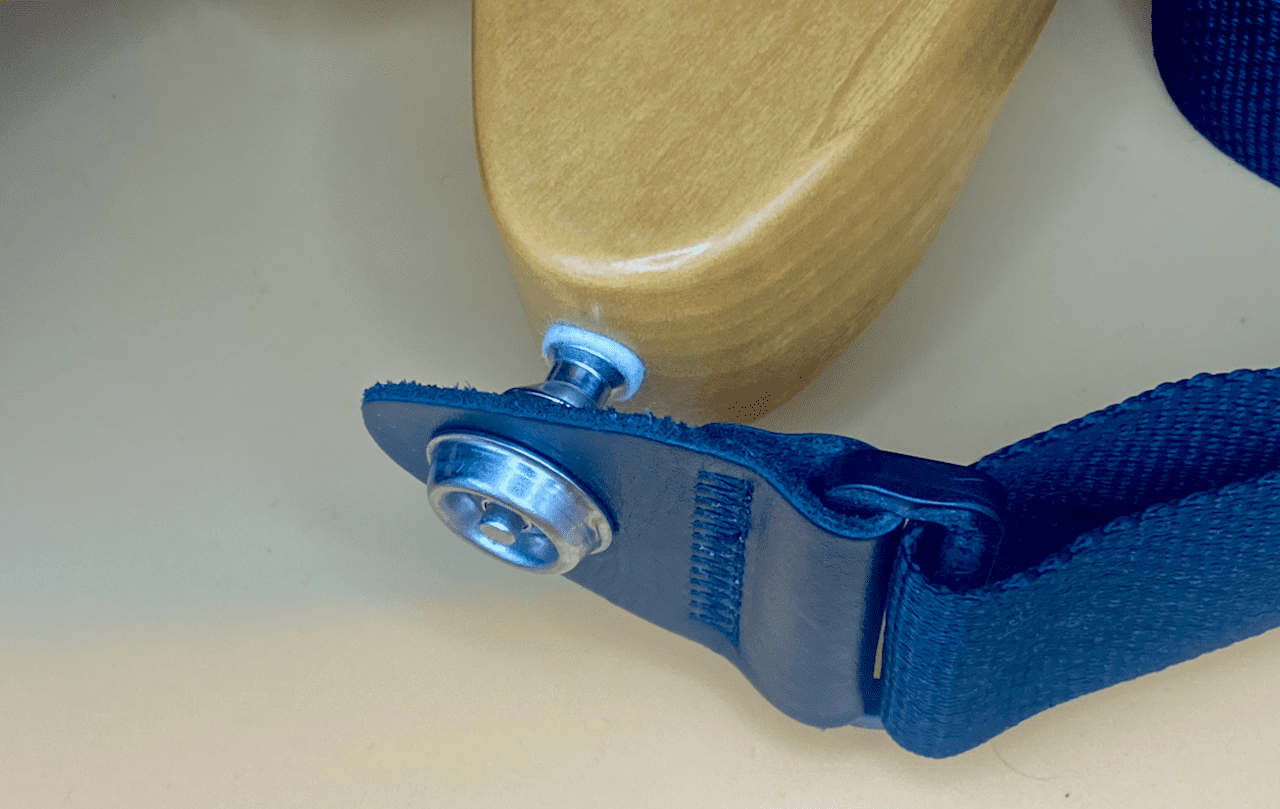Guitar intonation is quite a simple concept, but it seems to be a big stumbling block for players who are looking to undertake their own setup and basic maintenance work.
The concept is straightforward:
A string needs to be a certain length when the instrument is in tune so that each note is at the correct pitch all the way along the string. Each note that you fret on the guitar is at the correct pitch.
There are many ways of checking the intonation of the guitar. Some are far more mathematical than others. But the basic result should be that once your guitar is properly intonated, every note that you play anywhere on the neck will be in tune. The higher up the fretboard you go, the more obvious a badly intonated guitar will be. Open chords played at the lowest few frets might sound perfect, but once you get past the 12th fret, things start to sound wrong.
Once your guitar is properly intonated, every note that you play, anywhere on the neck will be in tune.
A good chromatic tuner and a bit of training for your ears are all you really need to get a good level of accuracy when intonating your guitar. Everything focuses on the 12th fret for the majority of intonating practices. There are other ways that can give you a higher level of intonation accuracy, but these will be covered later in the section.

For the usual 12th fret method that most people will use, the principle is simple. The note played on the fretted string at the 12th fret should be the same as the note on the open string. If the note is flat, the length of the string needs to be shorter. If the note is sharp, the length of the string needs to be longer. See… easy!
Most guitars that arrive set up will have been intonated using standard concert pitch tuning. If you play in a lowered or a drop tuning, I would recommend setting your guitar up to your desired tuning first and then intonating to the tuning. There will be differences.
If the note is flat, then the string is too long. So the saddle will need to move towards the neck. This will shorten the string length and raise its pitch. If the note if sharp, then the string is too short. So the saddle will need to move away from the neck to lengthen the string and lower its pitch. The needle on the tuner actually points in the direction that you need to adjust the saddle!
Once your guitar is intonated, you should not need to worry about it for a while. String changes will not affect your intonation unless you are changing the string gauge. Any adjustment to string height will throw the intonation out slightly, so it is worth checking if you do make any adjustments. Other than that, periodic checks are are that should be needed. The process of intonating a guitar should be the last thing you need to do before the instrument is ready to play.
There are a few other methods of checking and adjusting the intonation of your instrument, but most will follow these basic principles. You are limited by the levels of accuracy that a chromatic tuner can provide. To get a higher level of accuracy you will need to use a strobe tuner. These will give you a far higher level of precision, to the point where you cannot hear the differences in the pitch. If you were going to use your instrument for recording, and were going to use multi-tracking, then tiny inconsistencies in the tuning of your guitar will start to show through. When all the layers of your recording are played together, a badly intonated guitar sticks out.

Another method of double-checking the accuracy of your intonation is to not only check the fretted note at the 12th fret but also check it at the 5th and the 17th fret. This will really show up on a strobe tuner if your guitar has been finely intonated. You are not just balancing the pitch between the open string and the octave. You are also tuning the guitar within each octave. This cant be a long process, but if you are doing any form of studio work, it will pay off in the end.




















